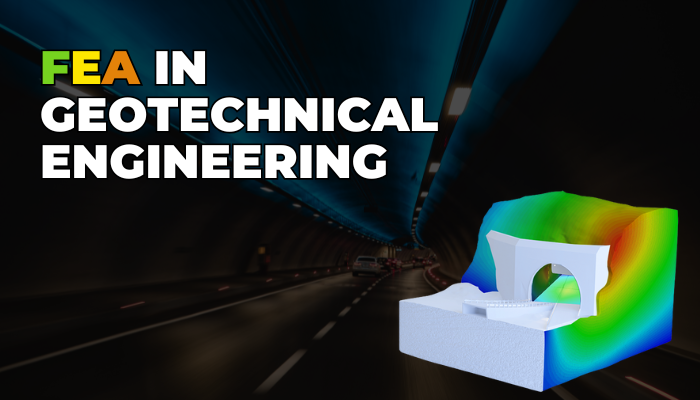Finite element analysis in geotechnical engineering is a powerful simulation tool that helps engineers understand soil and rock behavior under load. By breaking down complex ground conditions into small, manageable elements, this method improves accuracy and safety in infrastructure design.What is Geotechnical FEA?
Geotechnical finite element analysis uses computer models to simulate how ground materials respond to stress, water, and structural loads. This allows engineers to predict failures, optimize designs, and reduce costs across a wide range of construction projects.
Key Applications
Finite element methods are used in geotechnical engineering for:
- Slope Safety: Analyze landslide risks and deformation.
- Foundation Design: Evaluate settlement and load capacity.
- Retaining Walls: Support excavation and soil stability.
- Tunnels: Predict ground movement and lining strength.
- Seepage: Model water pressure and drainage needs.
- Earthquakes: Assess soil response under dynamic loading.
Popular FEA Software
Leading software used in finite element method in geotechnical engineering includes:
- PLAXIS 2D/3D
- ABAQUS
- FLAC
- GeoStudio
- RS2
- GEO5
- MIDAS GTS NX
- ALLPILE
These tools help engineers simulate real-world scenarios and develop safer, more efficient designs.
Read the Full Guide
Finite Element Analysis in Geotechnical Engineering – PIGSO LEARNING Blog

